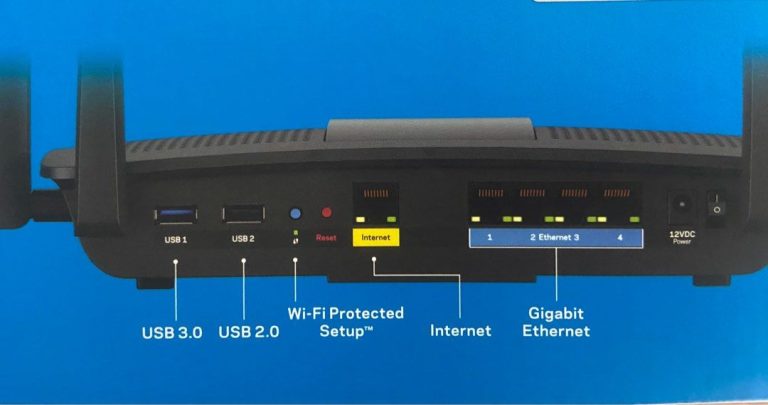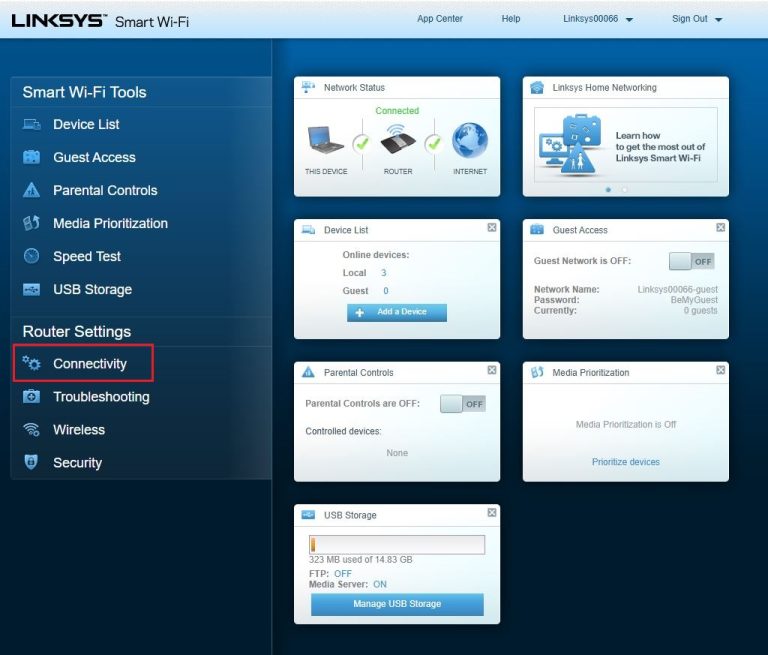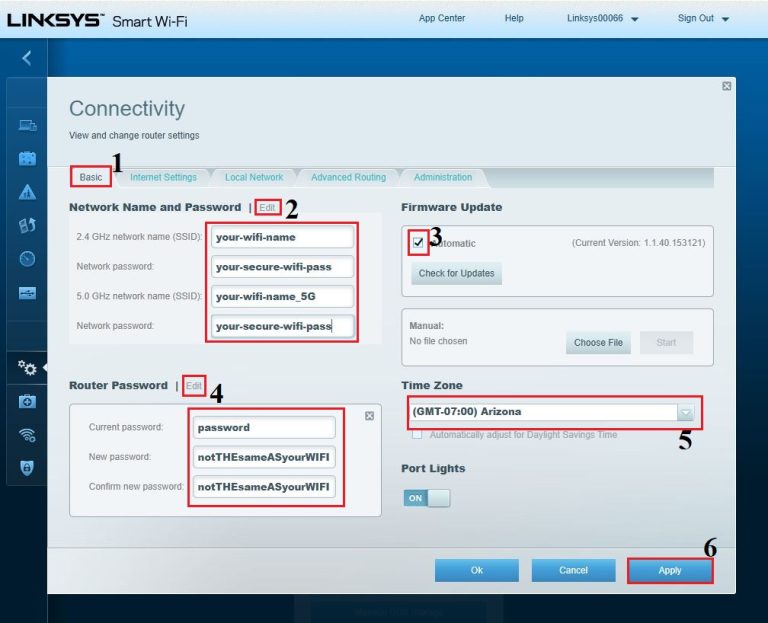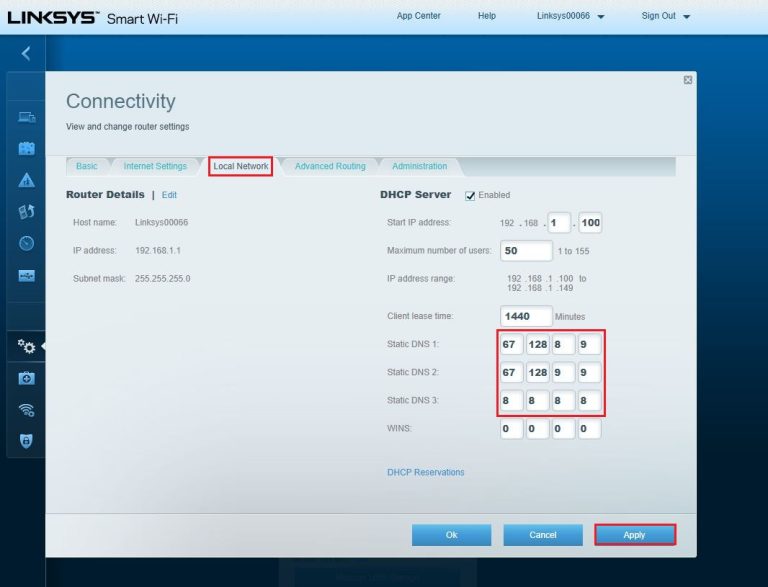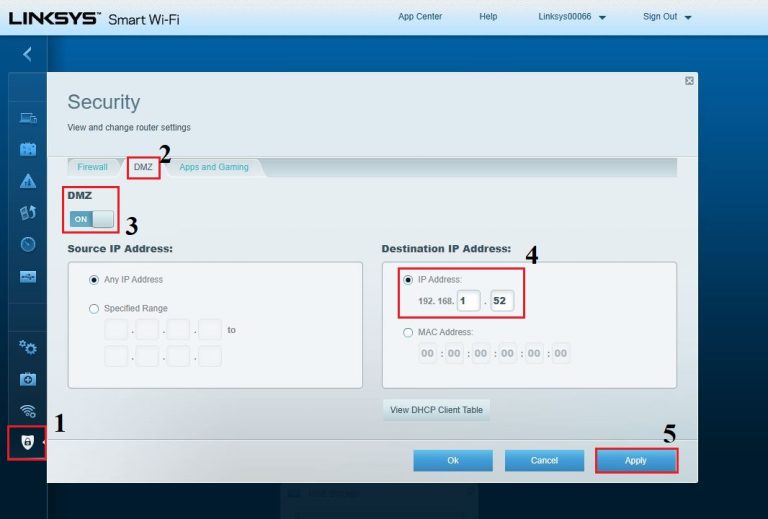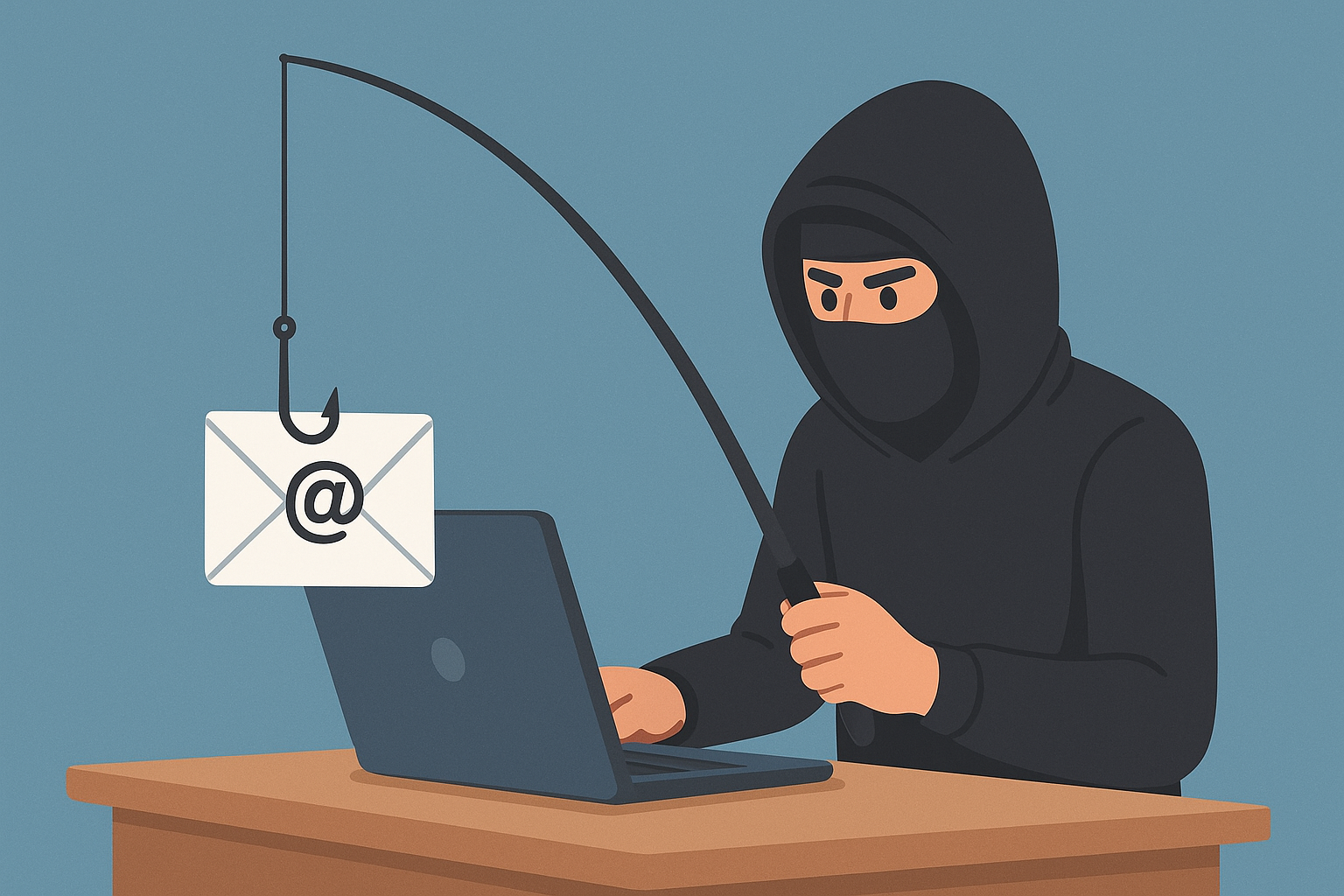How to setup a Linksys Smart Wi-Fi Router
According to the manufacturer the Linksys Smart Wi-Fi Routers deliver the latest home Wi-Fi technology, easily handling everything from streaming HD video and multiplayer gaming to downloading large files, adding storage or printers, and connecting multiple devices.
As such, the Linksys Smart Wi-Fi router comes ready to be used right out of the box. It comes pre-setup for basic operation as a wireless router from the factory. You can connect to its pre-configured Wi-Fi network using the information on the bottom sticker of the router. Simply plug your Internet connection into the routers WAN (internet) port, and you’re off and running.
Advanced Setup Guide
If you desire something other than the baseline configuration. You can use this guide to get your Linksys Smart Wi-Fi router setup in minutes thanks to its intuitive web interface. It is a highly reliable and budget friendly router option for small households.
A note before beginning…
Before starting the configuration, we recommend plugging your internet connection into the routers WAN (internet) port. This should be the only yellow “Internet” port on the back of the router.
While it is possible to program the router for the first time using its pre-configured Wi-Fi, it adds a few steps that can complicate matters if you don’t already know what you’re doing. For the purposes of this guide we are going to recommend that you use the included Ethernet cable to plug your computer into one of the four (4) LAN ports on the back of the router. After successfully connecting your computer to the router using the provided Ethernet cable, you can follow the rest of this setup guide.
Step 1. Login to the router’s graphic user interface (GUI) using your web browser.
Open a browser window and navigate to one of the two websites: https://linksyssmartwifi.com/ or http://192.168.1.1 (you can also just click one of the links).
The default Username is: “admin“, and the default Password is: “admin“. We recommend changing this to a secure (not easy to guess) password. Make sure you remember what this is (write it down somewhere).
After logging into the router you will see a webpage with a menu on the left.
Step 2. Click on the connectivity settings shortcut
Step 3. Modify your Wi-Fi connection information
You can leave this the default, or change it to something else if you wish.
- Click on “Basic” on the top menu.
- Click on “Edit” next to “Network Name and Password”. Now fill in the SSID (name) and secure password for both the 2.4GHz and 5GHz Wi-Fi fields.
- Put a check mark in “Automatic” firmware updates.
- Click on “Edit” next to “Router Password”, enter the current password of “admin”, and then enter a new secure password, and confirm.
- Click on the “Time Zone” drop down menu and select the correct time zone.
- Click on “Apply”.
Wait for the settings to take effect.
Step 4. Program the WAN (internet) interface of the router
- Click on “Internet Settings” on the top menu
- Click on “Edit” next to “Type of Internet Connection”.
- Select “Static IP” from the drop down list.
- Change the “IP address” to “192.168.0.52”, the “Subnet Mask” to “255.255.255.0”, the “Gateway” to “192.168.0.1”, and the three “DNS Servers” as “67.128.8.9” and “67.128.9.9” and “8.8.8.8”.
- Click “Apply”
Wait for the settings to take effect.
Step 5. Configure LAN (local) network
- Change the DNS servers to “67.128.8.9” and “67.128.9.9” and “8.8.8.8”.
- Click on “Apply”.
Wait for the settings to take effect.
Step 6. Create a DMZ for the network
- Click on “Security” on the left menu.
- Click on “DMZ on the top menu”.
- Turn DMZ to the “On” position.
- Change the DMZ IP Address to “192.168.1.52”.
- Click “Apply”
Wait for the settings to take effect.
Step 7. Configure any Port Forwarding
- Click on “Apps and Gaming” on the top menu.
- Click on “Single Port Forwarding” on the sub menu.
- Click on “Add a new Single Port Forwarding”, once for each Rule you need to create.
- Fill in the appropriate external and internal ports, the protocol, and device IP addresses.
- Click “Apply”
Wait for the settings to take effect.
Verify you can connect to Wi-Fi and that your Internet and any special settings are working properly. If all is well, then you have successfully customized the configuration of your Linksys Smart Wi-Fi router. There are a ton of additional features and even other apps available for this router (that we may at some point cover in another article – “Why you need to disable – Smart Queues – on your Linksys Router).
Hit a roadblock or didn’t understand a step? Give our technical support a call, they’ll gladly help you get it right.
(520) 421-3333 opt. 2.


